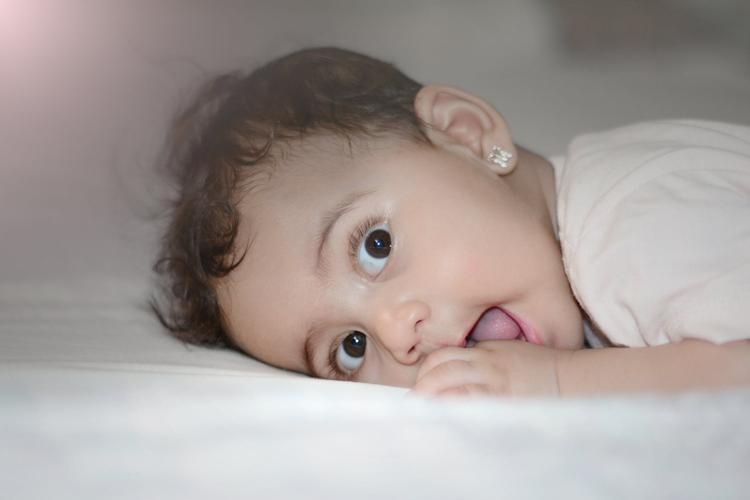How 'sleep rituals' can help your child fall asleep

What makes a sleep ritual more effective?
Even if a child falls asleep while being held, he or she may wake up and cry as soon as the child is placed in the crib. It's like an awakening switch on your back. It's easy to wake up, especially when you're a baby. (Illustration by Yumiko Mishima)
I received a New Year's card from a young researcher who left my laboratory. Looking at the back, there was a message written with a picture of a cute baby that read, "My family has grown! Putting my child to sleep has put me to sleep, and my sleep deprivation has been resolved at once (sweat)." There must be many new moms and dads who have similar experiences and struggles. Gallery: 24 photos that make you feel relieved at the sleeping faces of animals Standard methods of lulling babies to sleep include lullabies, hugs, and pompoms on their backs and buttocks while they sleep together. There are several variations of holding the baby, such as "vertical holding" where the baby's head is placed against the parent's chest, and "octopus holding" where the baby is held against the belly. Hearing the mother's heartbeat is said to calm the baby down. Come to think of it, I myself have memories of cradling my child in a "vertical hug" without anyone teaching me. It can be said that the mainstream method of lulling a baby to sleep is to reassure the child that the caregiver is nearby through auditory and tactile senses and induce drowsiness. When they get a little older, they often read picture books and talk to each other. Rather than saying that the content of the conversation is important, the sense of security that the mother is by her side and talks to her in a gentle voice is more important. At least in my family, even though I read "Japanese folk tales" and "One Thousand and One Nights" to her, she wouldn't go to sleep at all. Well, this kind of patterned behavior before going to bed is technically called a "bedtime routine". As children, they tend to stick to the same objects and behaviors, and sleep rituals using favorite picture books, stuffed animals, and pajamas are often seen. Linus, who appeared in Snoopy, was always holding the same blanket. Many experiences certainly suggest that sleep rituals and goodies are effective in getting people to sleep, but there are various theories about the mechanism. It is often said that cuddling, co-sleeping pompoms, and lullabies have the effect of relieving children's "separation anxiety." Separation anxiety is a normal reaction, especially in babies, that occurs when someone close and protective, such as a caregiver, leaves. In the case of my child, after he finally fell asleep in my arms, when I gently put him to bed, he immediately woke up and started crying. When I reassured him with this, he often fell asleep again due to the combination of drowsiness and relief. This is also a good sleep ritual. As they become more mature, they understand that even if they leave their parents for a short period of time, they will come back again, so their anxiety disappears. Still, many children feel uneasy about sleeping alone in a dark bedroom at night, and need help to soothe them. Anxiety and tension are the biggest causes of difficulty falling asleep, so lullabies, cuddles, and other favorite goods that give you a sense of security will help you fall asleep.
Next page: Proven not only for children but also for adultsPage 1/2
Last Update: National Geographic Japan Edition